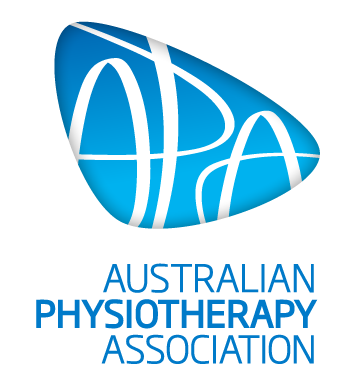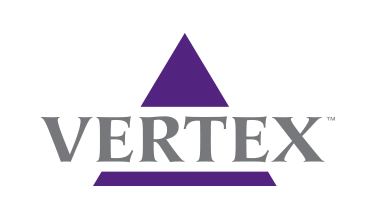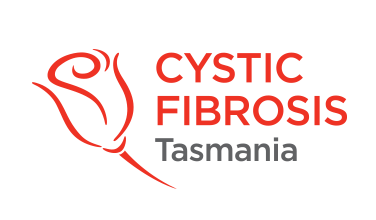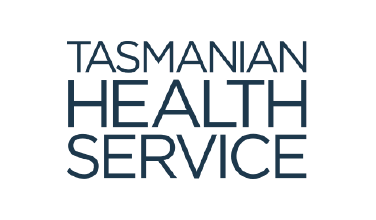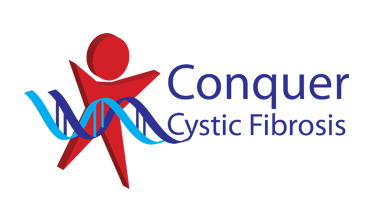Musculoskeletal Postural Advice
Many of the muscles in our trunk that we use for breathing also help to control our posture. If your breathing is more difficult than usual, such as when you have a chest infection; your core muscles may not be as effective at controlling your posture. Increased thoracic kyphosis (back rounding) is a common postural change in CF which can occur as a result of altered respiratory mechanics caused by increased work of breathing and excessive, prolonged cough with airway secretions plus low bone mineral density.
Posture is the position that we hold our bodies in when we are sitting or standing. Good posture allows us to sit, stand or move with minimal effort and without putting strain on our bodies. When seen from behind, the spine runs in a straight line, but when viewed from the side it should have natural curves. When the spine is in the correct alignment (neutral spine) we have good posture. The muscles of the trunk that help to maintain good posture are called core muscles, and core stability training is when we set out to activate these deep muscles.
It is important to try to maintain the best posture that you can to avoid problems such as pain and stiffness now or in the future. If you sit or stand in a slouched position, your body will adapt to this poor posture. Postural correction and thoracic flexibility exercises should be started from a young age in people with CF to prevent structural changes when lung problems progress with age. The posture that you hold when coughing can cause the upper back to become rounded and if we then continue to sit in this position it can then become more difficult to adopt a good posture in the future. People with CF are more likely to develop a rounded upper back (thoracic kyphosis) and there are many reasons for this. It may not be possible to fully correct the position of the upper back but keeping the spine flexible may prevent future problems.
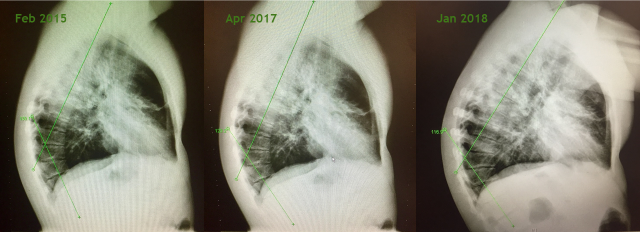
When the spine is not in the best position, some muscles will become tight and some will become stretched. This can happen slowly over a long period of time. The little joints in the spine and ribs will then become stiff because they are unable to move normally. Stiff joints can be painful and can sprain more easily. Good posture should feel more comfortable but any posture (no matter how good) that is held for a long time will become uncomfortable. It is important to move and change position regularly.
Poor posture can cause pain in a number of different parts of the body,
- Neck pain caused by stiffness and muscle tension.
- Upper back pain caused by stiffness in the spine and ribs.
- Lower back pain caused by stiffness or weakness and by sitting or standing with the spine in poor alignment.
- Knee pain caused by weakness and tightness in leg muscles and poor core stability.
- Shoulder pain caused by rounded upper back and shoulders positioned forwards
Before commencing an exercise program for posture and thoracic mobility, you will need an assessment by a physiotherapist to screen for any potential concerns and to individualise your program.
As most people with CF have a daily inhalation and airway clearance routine, combining this dedicated time, with correct posture, muscle stretches and mobility exercises can be effective and time efficient way to improve or maintain your posture. Good posture decreases the risk of developing movement restrictions and pain. In addition, maintaining flexibility of the upper back and ribcage may help with lung expansion in people with cystic fibrosis.
Posture correction when seated:
- find a ‘neutral spine’ position in the seated position
- sit and move your hips/ pelvis forwards and backwards then stop in the mid position
- you should now feel all your weight going through your sitting bones
- If you sit for long periods of time in the car, at work, or on the sofa, a small folded up towel may help. Put the towel at the small of your back to help keep a neutral spine position. You can then sit with your upper back supported by the chair.
Try to adjust your workstation/ study desk (at work and at home) so that your body is fully supported and in a good position. Looking down at a tablet or phone for long periods of time can cause neck pain. You could consider propping the device up. It is the angle of your neck that you need to think about. Try to keep your head and upper back in the correct alignment. Sitting cross legged on your bed with your tablet/phone on your lap is the worst position for both study and airway clearance!
Posture correction when standing:
- tuck your chin in
- relax shoulders
- lift chest bone up and forwards
- relax your knees so they are not locked straight
Take care not to over correct your posture. Take some time to look at your posture in the mirror.
If you have any concerns about your posture, please book an appointment with your physiotherapist.


